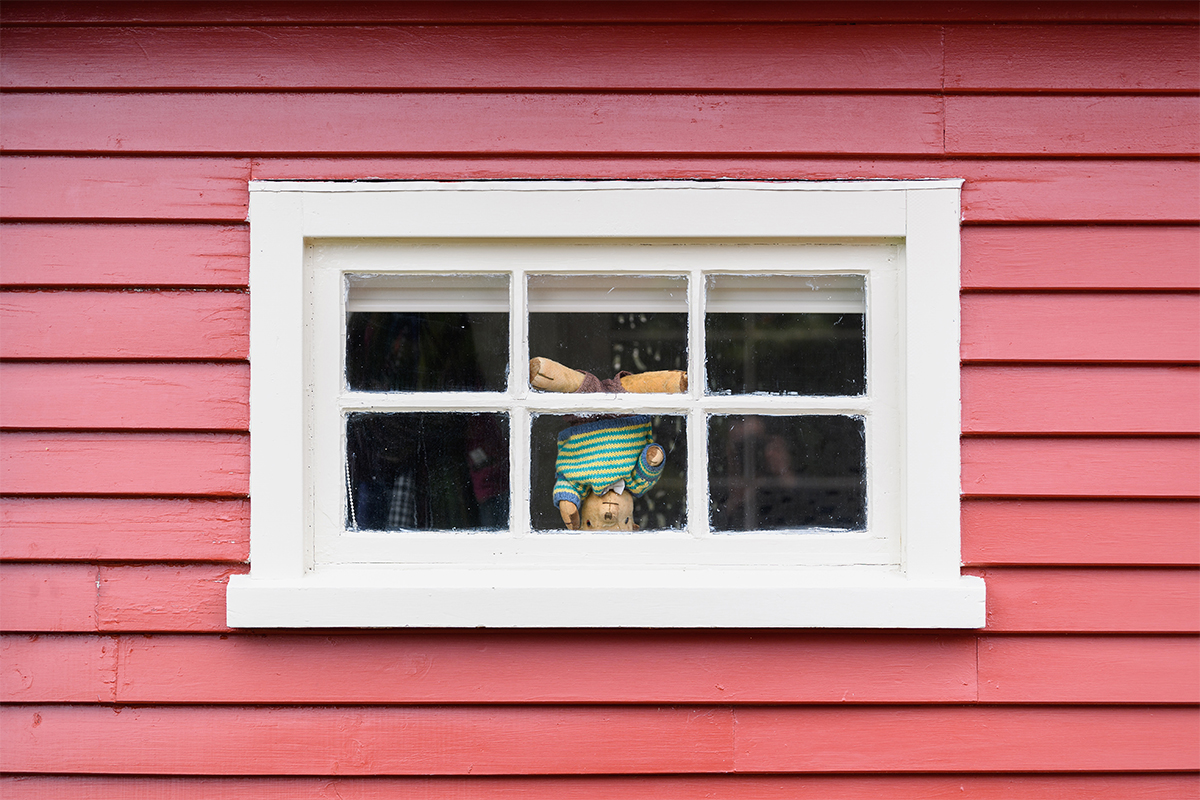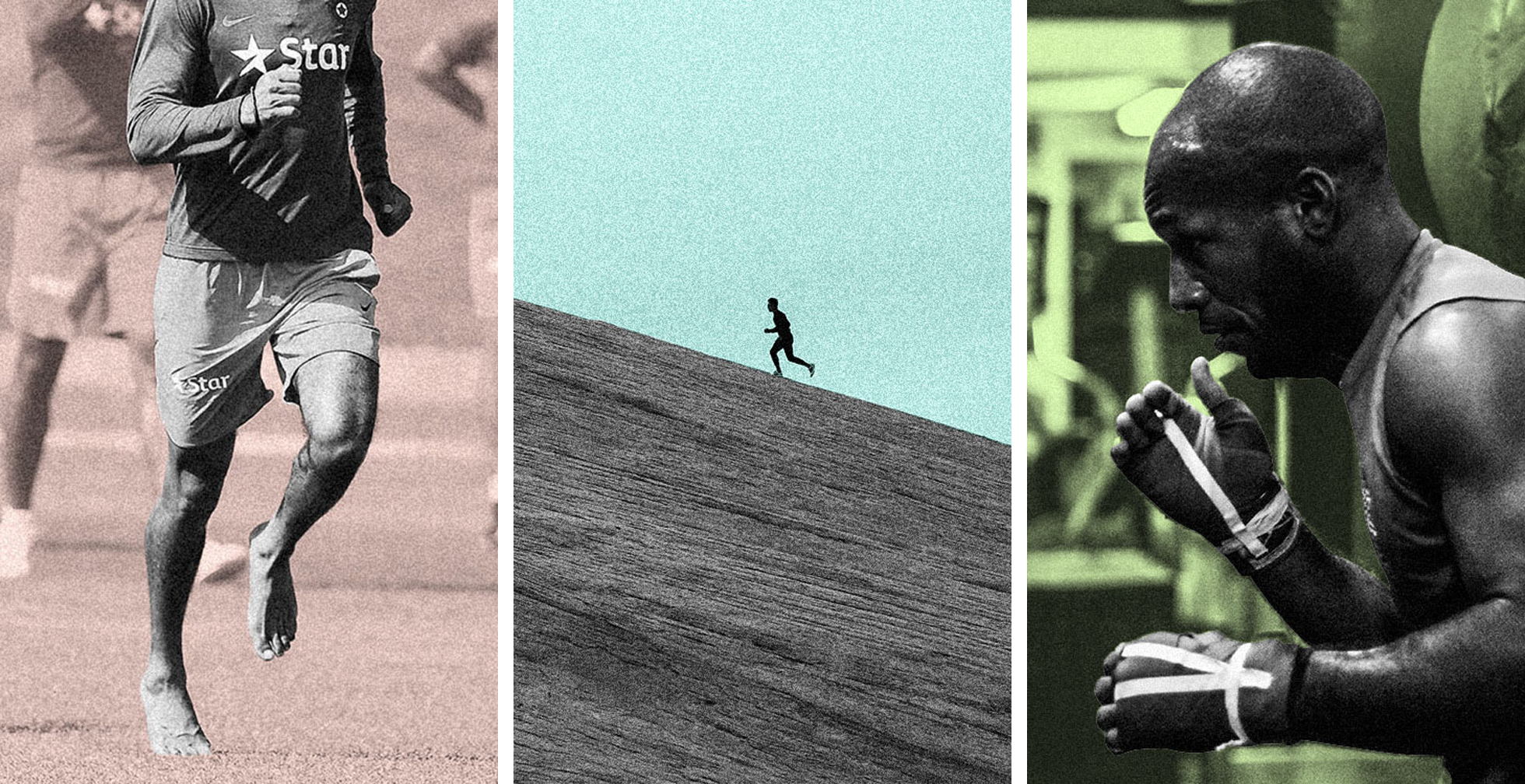It began five months ago last week, if you can believe that, in a series of hasty news alerts, like those first 15 expositional minutes of a blockbuster film about an alien invasion. All professional sports were permanently postponed; the president quickly moved to bar Europeans from entering the country; somewhere in Australia, Tom Hanks was sick.
I had spent the day working from home with my roommate in Brooklyn, and just after lunch we’d walked to a Duane Reade to pick up hand sanitizer, paper towels and boxes of mac ‘n’ cheese. The shop had a brick-sized hole in the front window, and someone had run off with all the thermometers. On the way home, those nuclear-resistant “Thank You For Shopping” bags — the city’s stand-in for tumbleweeds — teased their way across a deserted Myrtle Avenue.
It felt like something different, which — especially in New York City, since September of 2001 — can also feel strangely familiar. The onset of an all-consuming event is something we are perpetually preparing for, in one way or another. But unlike an attack or a hurricane, there were no obvious clips to watch over and over when it struck. There was no rubble to be cleared, no month or two of watching the same images light up the TV screen before everyone could eventually go back outside and get on with their lives. There was, instead, an almost imperceptible shift in the planetary axis, a new normal that moved in and plopped itself right on the couch, one that claimed its own language and turned all our pastimes — movies, bars, restaurants, concerts — into malfeasance.
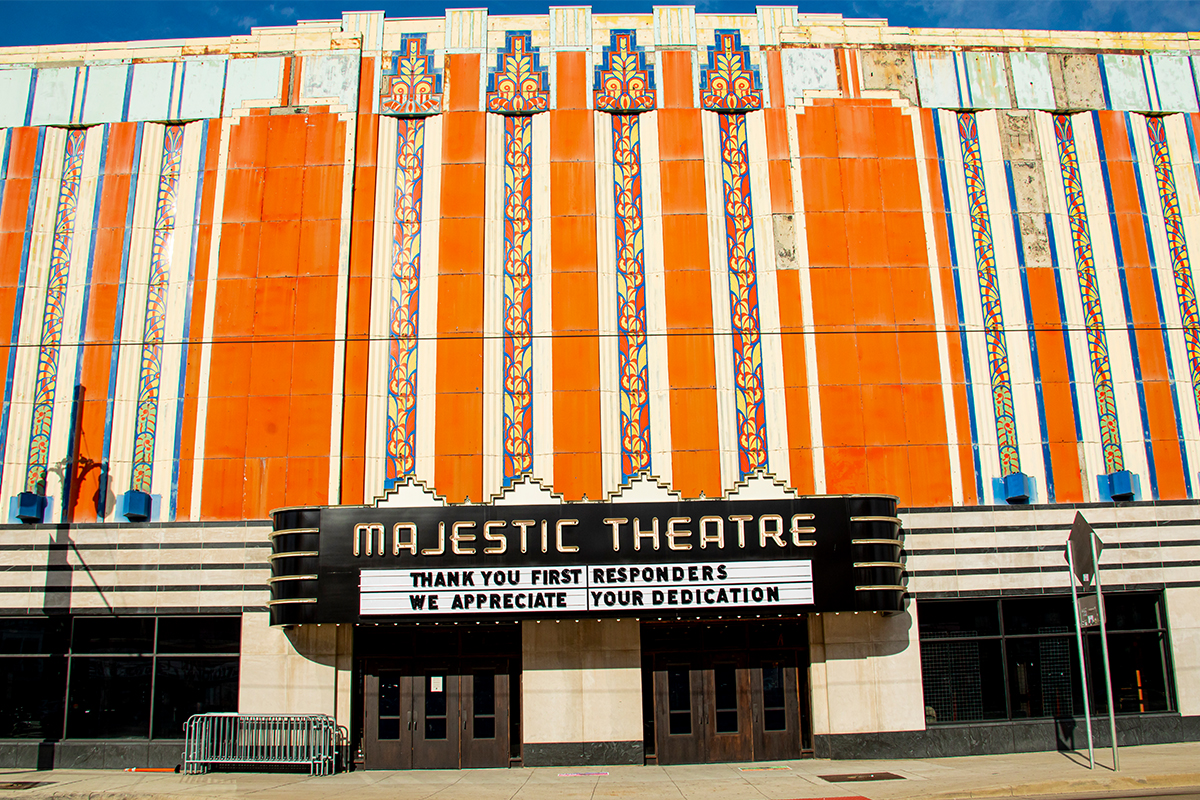
We saw photos and videos that didn’t make sense, like the highlights of a half-remembered dream: landmarks without tourists, late-night shows in living rooms, store clerks at state capitol buildings holding “Reopen Michigan!” signs. As lists of names quickly turned into lists of numbers, we tried to say the right things about those who had suddenly died, and pounded pots and pans for those working to save the rest. No country knows how to cope with the loss of 200,000 men and women — the entire population of Salt Lake City — in less than half a year. The oldest victims were in their 100s, and the youngest was a girl of nine. The median American victim was 48 years old.
The majority of us went home. A great, unlikely migration (back to your bubble, your loved one’s bubble, your parents’ bubble, your loved one’s parents’ bubble) came for pre-schoolers and college students, twenty-somethings and grizzled company men. As gig economy hustlers flexed their fingers, most everyone else looked at the bedroom, playroom and kitchen in a panic, suddenly forced to imagine a functioning office. And somehow, this quickly became the unifier through it all: an overnight conversion of the home from a place you could always return to, to a place now just always there.
There were heartbreaking modulations on that basic premise. Many Americans lost friends and family, tens of millions more lost their jobs, and a forgotten cohort of the country fought to save their homes by never going back in the first place. Wage workers in the service, packing and manufacturing industries, for instance, clung to their hourly efforts in order to make monthly rent. They hung on as long as they could: as of mid-August, 23 million Americans face eviction, a homelessness epidemic not seen since the Great Depression is expected by year’s end, and federal unemployment benefits continue to hang in the balance, forcing families to make unthinkable decisions between groceries, medicine and shelter.
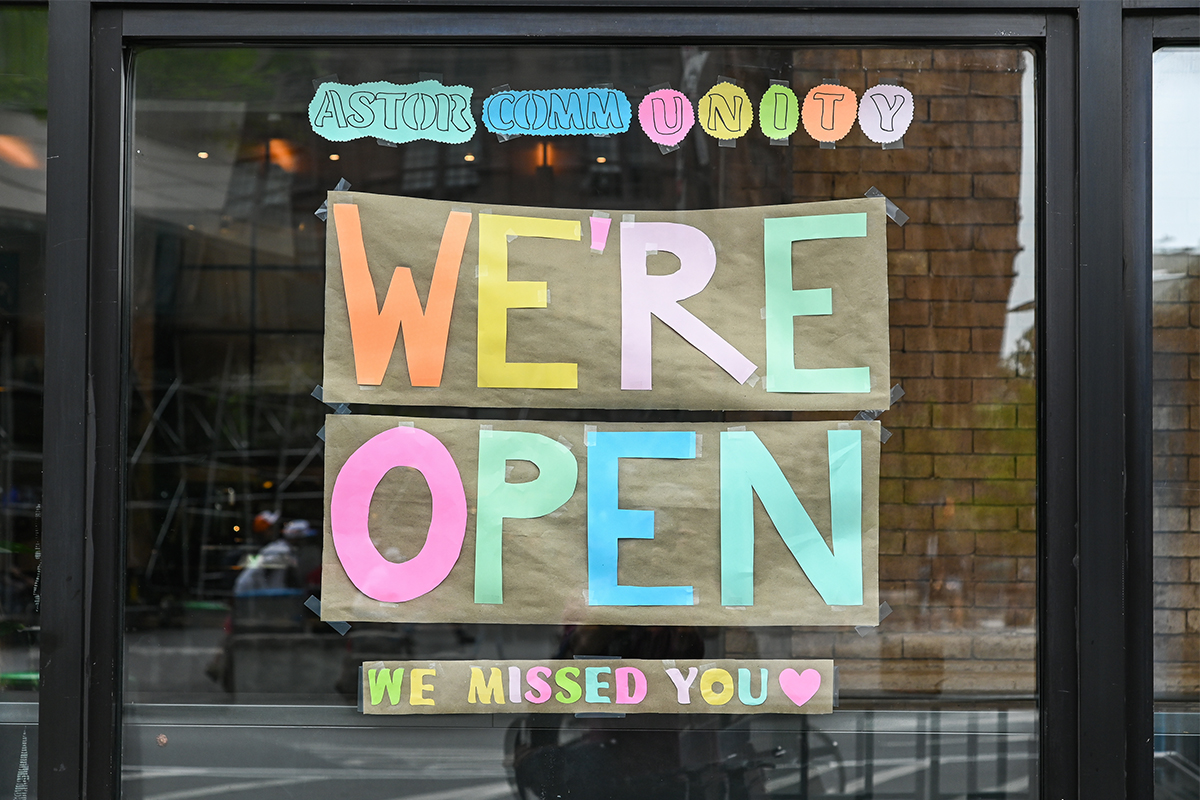
Of course, for those lucky enough to have had a consistent roof — or even multiple roofs to choose from — since that Wednesday in early March, your circumstances may never have gotten so dire. But that doesn’t discount the ways in which your life was forced to change. When the national lockdown arrived, it was a temporary moratorium on lives lived in multiple boxes, a maelstrom that challenged us to work and work out and work through family affairs in the same space, all while offering little reward whenever, by some colossal effort, the stars aligned and days ended with everything done.
It was described as a necessary “pause” in the name of public health. Fair enough. But nothing we cared about, or typically have to care about, ever truly paused. Assignments were due, regardless. Our bodies atrophied without gym memberships. Significant others still looked to us for love and support. It reached omnipresence, and then nonchalance. Journalists reporting on anything (mental health, bike lanes, banana bread) no longer needed to include “due to the COVID-19 pandemic” in introductory paragraphs. Everyone knew what everyone was talking about.
Why on earth would anyone feel nostalgia for this period? Why, as it scuttles toward its predictable patchwork ending, do some people even feel an acute sense of loss? The pandemic is far from over, especially in this country. America is adding around 42,000 new cases each day, and distribution of a safe, effective vaccine (barring an unlikely miracle from Operation Warp Speed) is over a year away. Still, the lockdown as we’ve come to know it, quarantine as a shared national moment, is over. The reasons have arrived incrementally: a few of your colleagues went back to the office, you ate dinner on a sidewalk, sports leagues returned, the kids really are going back to school. There seems to be a collective sense, too — however irrational — that the final quarter of the year can be salvaged. The country knew early it was going to lose summer, but people aren’t willing to give up the rest of 2020.
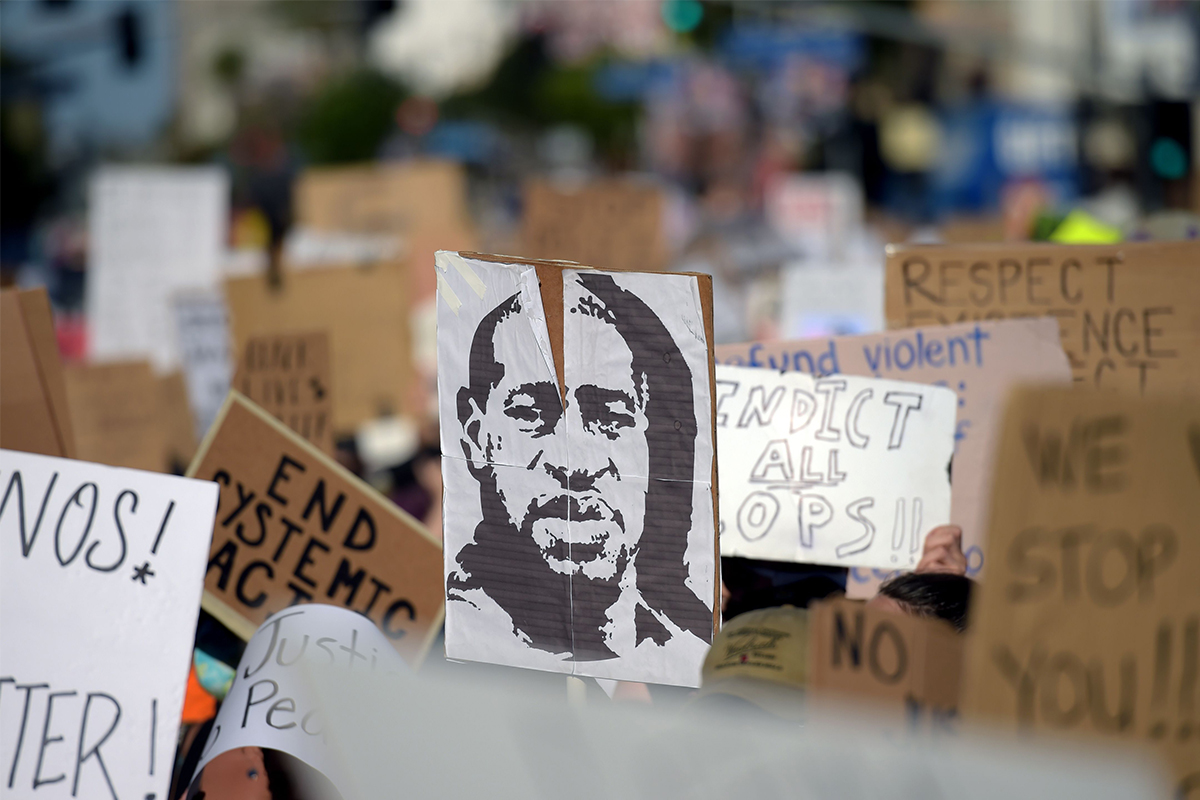
At the same time, there is a sentiment among many that something was gained this year. That while the lockdown was indeed born from a once-in-a-lifetime pandemic, it also represented a once-in-a-lifetime reprieve. It’s a difficult conclusion to express, because it’s double-wrapped in anxiety. Others might be ostracized or offended by the idea, and they’d have every right to be. But I choose to view it as another notch for the human resiliency belt: it’s possible to take a set of life-capsizing marching orders — don’t leave the house! — and make something worth missing of them.
I fell in love with running again during quarantine, after a decade away from the sport. I got more sleep. I watched a full season of Top Chef. I spent an extended amount of time with my family (two siblings, two parents, two dogs) in a way that was effectively never supposed to happen again. On weeknights, I’d walk a loop of the neighborhood with my brother and sister, always around the same time, and you could measure the entire lockdown in a time-lapse of our outfits, of the radius of light across the sky. At the start we wore beanies. By the end we were swatting mosquitoes. I missed my friends and colleagues and the thrill of unplanned dinners and unexpected Ubers. But I came to treasure lifting in a garage, the board game Sorry! and the sanctity of take-out on certain nights of the week.
This is just my story from this year, and everyone has their own; I’m sure people within even my own bubble might view it differently. But it’s ending now, and the prospect of life as it was (whatever that may even end up looking like) is sobering, and sometimes outright intimidating. Willie Greer, the founder of a company that tests sound bars, echoes this viewpoint, writing to me last week: “One habit stacking routine I currently implement is listening to the news every time I walk my dog to the coffee shop four blocks away. But when things get back to normal, I’ll just have trouble finding time to walk the dog again.”
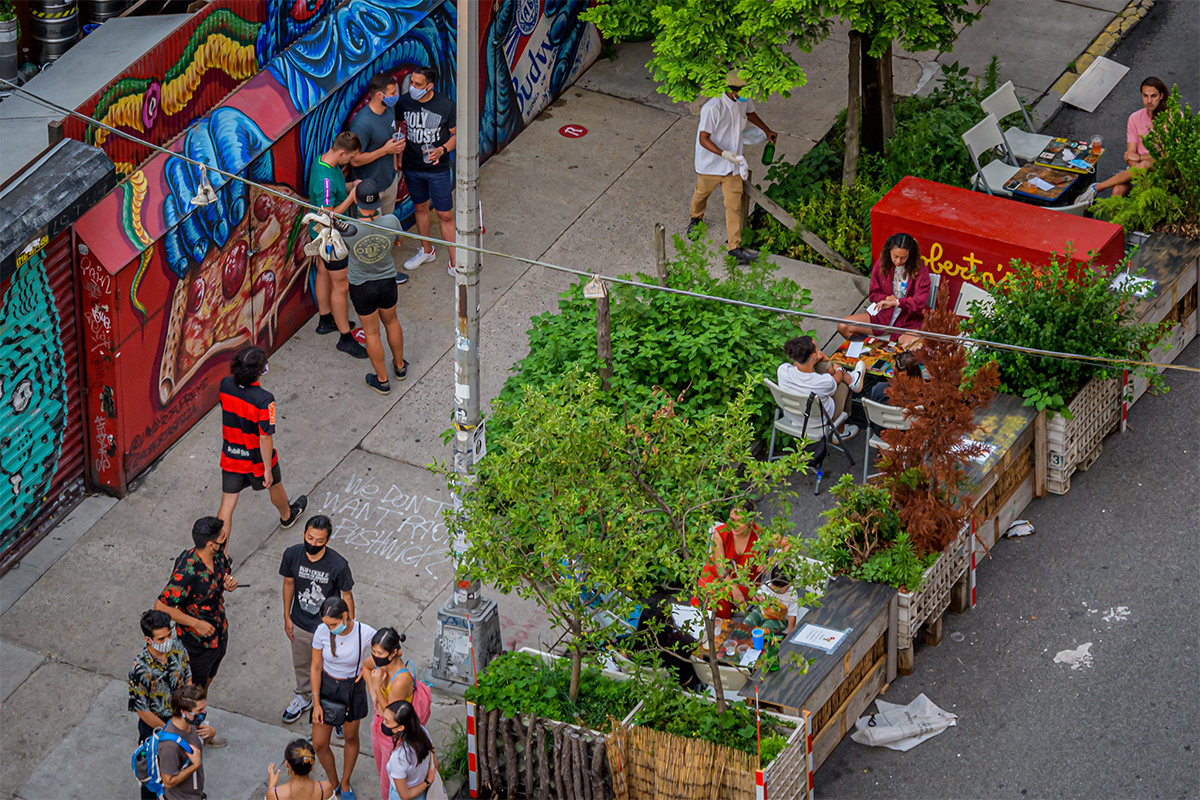
What will the world expect from you, upon your reentry? What will your workplace require? What sort of social pressure will you feel to attend engagements (or to even be invited to them to begin with)? In late March, the phrase “death of FOMO” was trending on Twitter. With nothing to miss out on, people could put on pajamas on a Friday night without wondering if they should be having as much fun as their (vague gesture) “peers.” But during lockdown, that compulsion to be present at events — and posting on social media one you arrived — was replaced with a license to be present with yourself. Mike Nicosia, for one, found his groove in isolation. He started an online camping business, learned how to cook, and ” … most of all, I was granted an excuse to opt out of the social events that had given me anxiety for years.” Nicosia says that he’s been dreading the end of lockdown for some time now.
Budding travel writer Ella Moore, meanwhile, has noticed improvements in her life after some physical distance from a company that prioritizes “presenteeism.” Moore says: “In the office, I would often sit at my desk long after I had finished for the day, just to avoid being the dreaded ‘first person to leave.’ Now I log off as soon as I’m finished for the day and reclaim all that extra time.” She’s used those hours to hone skills in hobbies outside of the office. And success in extracurricular fields has, in turn, helped motivate her work at her day-job. There have been flares all across the internet: some aren’t keen to “go back” for proactive reasons, like having more productive mornings sans commutes, or getting to spend more time with children. Others have highly specific disorders, like irritable bowel syndrome or OCD, that are simply better managed away from large crowds.
Many, too, have been stunned and truly proud to witness a country finally reexamine its scarred history of racism and disenfranchisement. Experts have already exhibited how the arena of quarantine was ideally suited for this moment, how the murder of George Floyd at a time of reflection compelled action. Just like any individual employee or family member, the entire nation took time to reflect on its troubled history — and equally troubled present — during the middle months of 2020, just as the pandemic burned brightest. Can we sustain this collective self-evaluation in a post-lockdown world? During my first dinner back in Manhattan, a shrimp roll eaten on Mulberry Street, a small protest rattled through the side streets, and the marchers implored diners not to stop posting black squares in favor of posing for margarita Boomerangs.
It may seem easier to chalk up all the things we did to tread water this year — the at-home haircuts, the Zoom happy hours, the monoculture TV moments, the many attempts at making adequate bread — as placeholder rituals of a reeling populous. Essentially: we did what we had to, now let’s all move on. Let’s just wear face masks, wash our hands, wait for openings and pray for a vaccine. But you’re allowed to lament an unnatural end to an unnatural era. You’re allowed to have discovered something about yourself this year, whether it’s a workday quirk, a penchant for drawing threes when you desperately need a two in Sorry! or possibly even a fervor for public policy. (I, for one, never knew I felt so passionate about permanent street closures.)
Our new normal is nearly over. The old one will do its best to return. Remember what you did this year, and why — when there was nothing else to do — it’s what you chose. If you start to miss it, if even the idea of losing it sets you adrift, trust that instinct. We’ve already lost too much this year.
Whether you’re looking to get into shape, or just get out of a funk, The Charge has got you covered. Sign up for our new wellness newsletter today.
